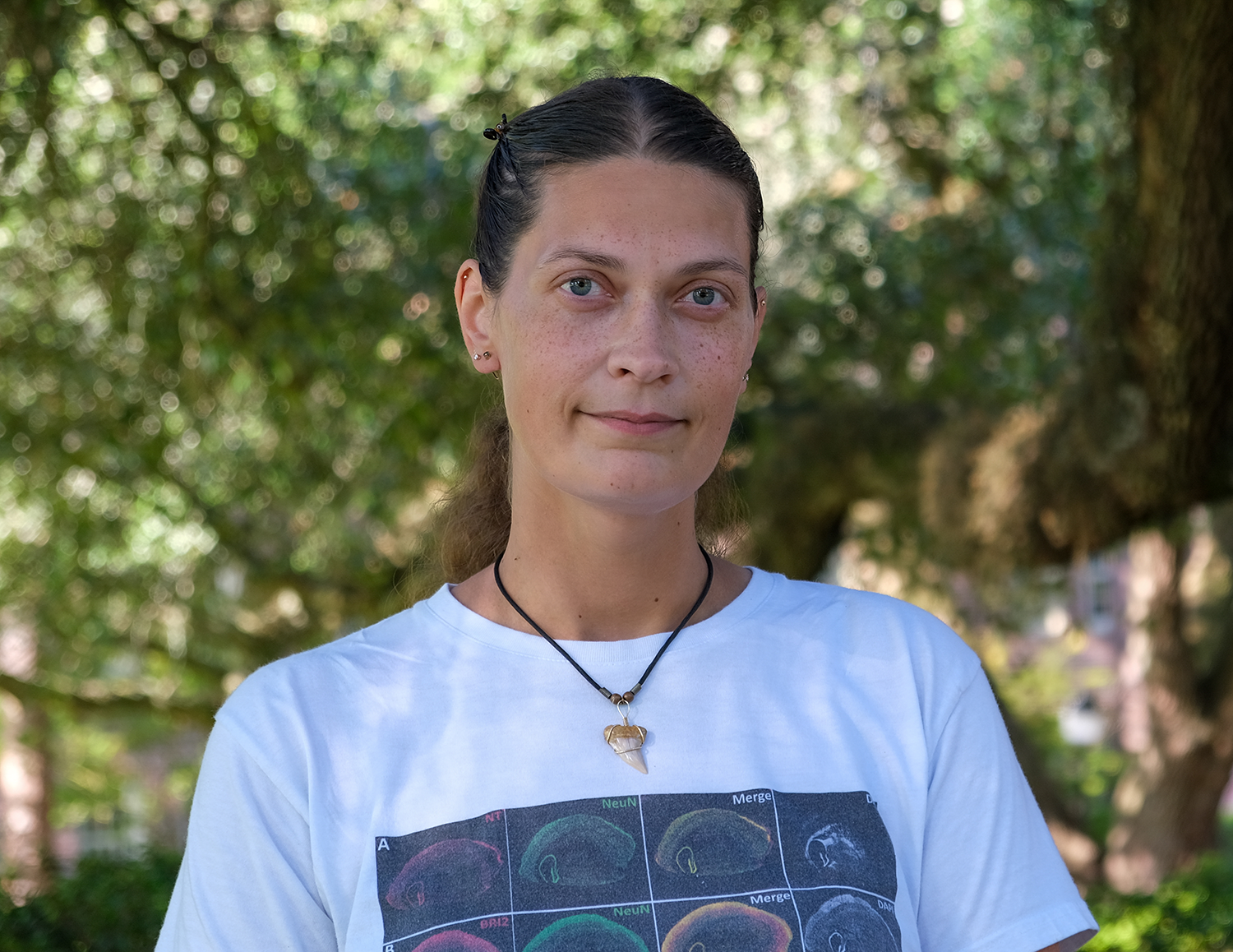UROP Research Mentor Project Submission Portal: Submission #1242
Submission information
Submission Number: 1242
Submission ID: 20806
Submission UUID: 29afc35e-b68d-4591-b71e-b3405d77a9f8
Submission URI: /urop-research-mentor-project-submission-portal
Submission Update: /urop-research-mentor-project-submission-portal?token=RQ35zIrJc75Ht6G27eevB8HdPi8tIh0fn7OqEavCFjo
Created: Mon, 08/18/2025 - 02:16 PM
Completed: Mon, 08/18/2025 - 02:16 PM
Changed: Wed, 09/24/2025 - 10:41 AM
Remote IP address: 144.174.214.17
Submitted by: Anonymous
Language: English
Is draft: No
Webform: UROP Project Proposal Portal
Submitted to: UROP Research Mentor Project Submission Portal
Research Mentor Information
Helene Tigro
she, her
Dr.
Post Doc
Education, Health, and Human Sciences
Department of Health, Nutrition and Food Sciences

Additional Research Mentor(s)
Overall Project Details
Assessing phosphorylation-induced conformational changes in the α-actinin2 actin-binding domain through analysis of Small-Angle X-ray Scattering (SAXS) data
Bioengineering and biomedical engineering, Computational Science, Biological Sciences, Biochemistry, Sarcomeric proteins, Recombinant proteins, Protein chemistry
No
1
Computational Biology, Engineering, Exercise Physiology, Interdisciplinary Medical Sciences, Biology, Chemistry, Biochemistry, Biomathematics
On FSU Main Campus
No, the project is remote
Partially Remote
5-10 hours
Flexible schedule (Combination of business and outside of business. TBD between student and research mentor.)
α-Actinin2, encoded by ACTN2, is a key cross-linker of F-actin and titin within cardiac Z-discs, maintaining sarcomere architecture and mechanical integrity. Phosphoproteomic studies have identified multiple phosphorylation sites—including T43, S50, S147, and T237 in the actin-binding domain (ABD)—that likely regulate its function. Mechanical stress enhances phosphorylation at these residues, particularly within the ABD CH1–CH2 interface, which we have shown in computational simulations shifts the ABD from a closed to an open, more active conformation. Phosphorylation introduces negative charges that modulate local electrostatics, destabilize the autoinhibited state, and enhance F-actin binding. This project will experimentally test how these modifications alter α-actinin2 conformation using SAXS, aiming to define the molecular mechanisms by which phosphorylation preserves sarcomeric integrity and informs therapeutic strategies for heart disease.
Literature review, data collection (simulate SAXS data), analyze incoming SAXS data, statistical analysis and graph illustrating.
Good computer skills and experience with statistical software and data analysis. Good theoretical understanding of chemistry and biology. Experience with programming languages and data analysis tools like MATLAB, Python, and R. Skilled in critical thinking. Punctuality and responsibility.
As a postdoctoral researcher, I see mentorship as both a responsibility and a privilege, an opportunity to guide emerging scientists while actively contributing to their professional growth. I work side-by-side with mentees in the lab, sharing technical expertise, experimental strategies, and problem-solving approaches that I’ve refined through my own training. My goal is to help them build strong scientific foundations, think critically, and gain the confidence to design and execute independent research. I foster an inclusive, collaborative environment where questions are encouraged, mistakes are learning opportunities, and diverse perspectives strengthen our science.
https://solislab.create.fsu.edu/
https://www.linkedin.com/in/helene-tigro-656130282
No
{Empty}
UROP Program Elements
Yes
Yes
Yes
Yes
{Empty}
2025

